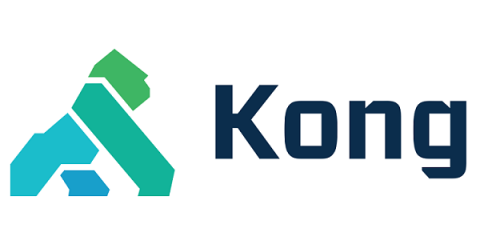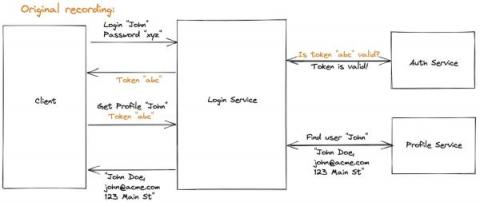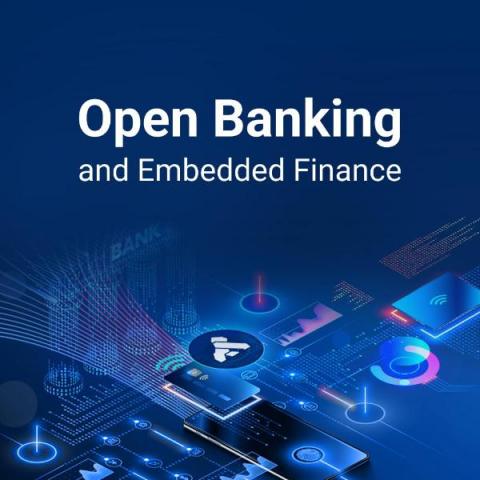Systems | Development | Analytics | API | Testing
API
6 Best Practices for Productizing APIs
Web APIs are an integral piece of the development landscape today. According to a 2021 survey, top industries such as Digital Banking, Retail, and Financial services have experienced significant year-on-year API traffic growth with 70%, 51% and 50% increases since February 2021, respectively. The economic impact of APIs is significant and vast. Recent funding rounds of API-focused companies have seen millions of dollars go to companies precisely because APIs appeal to developers.
What is the API Economy?
Today’s digital economy is shifting toward dependence on microservices — self-contained and reusable software components — working in coordination to compose the applications we use. Communication between microservices happens through the API (or application programming interface). Using APIs (which are like pieces of software that let applications communicate with each other) is how microservices expose their functionalities and allow access to their services and their data.
3 inspiring stories behind the importance of data-driven insights
How to rate limit your requests per consumer groups
One of the most common use cases our customers are using Kong for is rate limiting. There are a few common reasons for doing this: For all those and more, we’re able to easily add this functionality with Kong’s rate limit advanced plugin. The plugin can be applied at different levels such as service, route, specific consumer, or even in a global scope.
The Top Four Challenges With API Development
Speedscale Traffic Replay is now v1.0
Nate Lee here, and I’m one of the founders of Speedscale. The founding team’s worked at several observability and testing companies like New Relic, Observe Inc, and iTKO over the last decade. Speedscale traffic replay was borne out of a frustration from reacting to problems (even if they were minor) that could have been prevented with better testing.
What Is Product-Led Growth and Why Is It Critical for API-First Companies?
There’s a common misconception that product-led growth means a business doesn’t focus on sales. That’s not the case. It’s just that product-led growth layers in sales later in the customer journey. This can be a hugely effective approach, particularly when it’s combined with deep data insights to drive that growth. For API-first companies, this product-led approach is a cornerstone of success.
Guide to Open Banking and Embedded Finance
Open banking initiatives have taken flight in many economies across the globe. Predicated on the open access of banking data for the overall benefit of customer choice, open banking comes with many challenges — security not the least of them. Giving customers the ability to easily switch providers of financial products goes a long way towards providing a more open and inclusive landscape of products for customers to choose from, and delivering better customer experiences.











